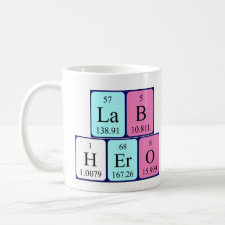
Authors: Gao BJ, Lu JH, Chen ZP, Guo JF
Article Title: Preparation and recognition performance of cholic acid-imprinted material prepared with novel surface-imprinting technique.
Publication date: 2009
Journal: Polymer
Volume: 50
Issue: (14)
Page numbers: 3275-3284.
DOI: 10.1016/j.polymer.2009.05.008
Alternative URL: http://www.sciencedirect.com/science/article/B6TXW-4W91PWF-5/2/936a26eb3d589c1174f29216d1f3f643
Abstract: Acrylamide (AM) was first graft-polymerized on the surface of crosslinked polyvinyl alcohol (CPVA) microspheres by initiating of cerium salt, and then the grafted polyacrylamide (PAM) was transformed to polyvinylamine (PVAm) via Hofmann degradation reaction, resulting in the grafted microspheres PVAm/CPVA. By adopting the novel surface molecular imprinting technique put forward by us, cholic acid molecule-imprinted material MIP-PVAm/CPVA was prepared with glutaraldehyde as crosslinking agent The binding character of MIP-PVAm/CPVA towards cholic acid molecules was studied in depth with both batch and column methods and using cholesterol as a contrast compound whose chemical structure is similar with cholic acid to a certain extent. The experimental results show that the surface-imprinted material MIP-PVAm/CPVA has excellent binding affinity and recognition selectivity for the template molecule, cholic acid. The selectivity coefficient of PVAm/CPVA microspheres (non-imprinting material) for cholic acid relative to cholesterol is only 1.314, displaying very poor recognition selectivity for cholic acid. However, after imprinting, the selectivity coefficient of MIP-PVAm/CPVA for cholic acid in respect to cholesterol is remarkably enhanced to 11.231, displaying the excellent recognition selectivity and binding affinity towards cholic acid molecules. Besides, MIP-PVAm/CPVA microspheres have fine desorption property, and by using a mixture of ethanol and NaOH aqueous solution as an eluent, the desorption ratios can reach 99.73% as the effluent amount gets up to 20 bed volumes (BV)
Template and target information: cholic acid
Author keywords: Surface-imprinting technique, cholic acid, Polyvinylamine



Join the Society for Molecular Imprinting

New items RSS feed
Sign-up for e-mail updates:
Choose between receiving an occasional newsletter or more frequent e-mail alerts.
Click here to go to the sign-up page.
Is your name elemental or peptidic? Enter your name and find out by clicking either of the buttons below!
Other products you may like:
 MIPdatabase
MIPdatabase









